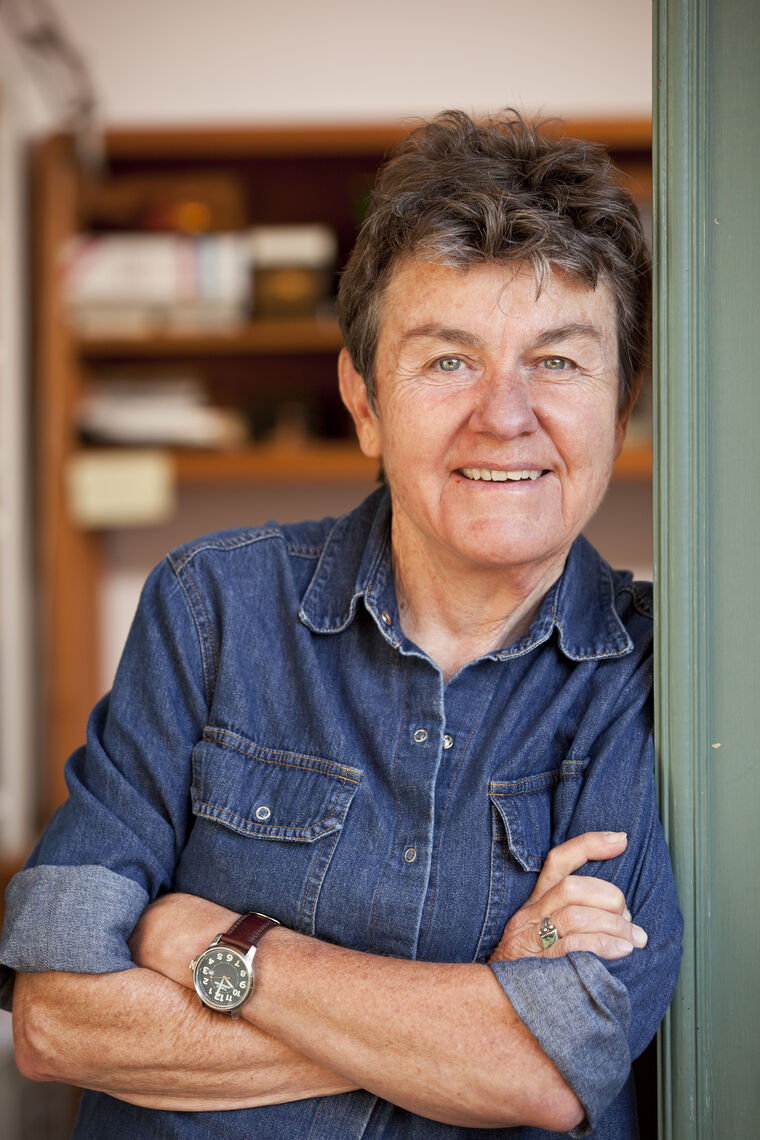1.
Oh
the sumac died it’s
the first time I
noticed it
Why in the world should that give me the lift it does?
Well, it has nothing to do with Williams’s larger intentions for it as an illustration of “American Idiom and the Variable Foot,” which I have never found very interesting. For me, it has exactly to do with thinking of it as the whole thing, not a little bit of something longer.
Things inside other things have to take their place, jockey for position, exist in relation. With long strings of things, one thing must fade that another can brighten; the eye moves on. It’s the built-in sorrow of serial attention, enfilades mowed down.
Taken alone, these lines keep their brain shock, which mimics the shock of first noticing something outside us. Our attention is complete and undivided. We notice, say, that the sumac—which would have taken some extended period of time to die—has died. So at the same time that the brain is acknowledging that the sumac is dead it is compressing the whole (lost) narrative of its getting dead.
To acknowledge something new is to be engaged in catch-up; the mind rewrites with impossible speed what’s been going on. The way this defies time matches how creation works; Mozart apparently composed concerti in an instant; something that would have to be played out in time took him no time; all the notes were stacked right on top of each other. It’s impossible and true at the same time.
So it’s all the nothing around the dancy little arrangement of regular English that does it all the good. All that nothing is what allows the mind to focus. All the nothing gives the mind the gift of Just This, the paradoxical vacation of perfect attention. Because it is vacationlike to actually pay attention. Your world is relieved of clutter for a split second. You collect like a snowflake around this single bit of informational grit: Oh, the sumac died it’s the first time I noticed it.
It looks like a poem about a sumac and death but it’s a poem about the mind and the fresh slap of perception. Or rather, it isn’t about perception, it gives us a pleasant tiny slap of it.
2.
How much can you take away? It’s always a question. Or maybe it’s exactly the wrong question, posed like that. If you think you are taking away, then you probably are—diminishing something. You have to be looking for something, feeling for the contours of the thing inside the distractions, trying to add just a little bit more to what you know.
But it’s interesting to see what happens, just through the process of isolation. Isolation is a very simple form of “taking away.” You don’t simplify, say, the salt shaker by taking away its details; you take the regular salt shaker away from its kitchen and set it alone against white. You abstract it.
Things taken alone are instantly strange and liberated from usefulness. This doesn’t cause the mind to perceive the salt shaker separate from relationships, since the only way the mind knows anything is through relationships, but it changes the points of the relationship; the mind is incited to hook it up by different points, to connect the salt shaker to itself (the mind seeks to possess) in ways that seem aesthetic because the aesthetic is the not-useful, the beautiful. Removing something from usefulness also removes it from time, suspending it in the white time of the mind.
So when Williams abstracts a single observation— Oh, the sumac died—the result is predictably paradoxical. It looks like it matters that it’s a sumac, but because of this extreme detachment, the way one thing has been cut out of the fabric of life and isolated, specificity works in a different way from usual. It doesn’t matter at all that it’s a sumac.
The poem has worked the way the brain works when it suddenly knows: it is thoroughly focused on the new thing to the exclusion of all else; it knows with inexplicable suddenness (after having not known) and it backfills the story.
Because this little poem is about how we perceive: the brain suddenly knows that the sumac is dead. In a split second it recovers the event it was oblivious to. It knows what it missed. Dying is a process, but in this poem we come in at the end so the process occurs backwards.
It’s a jolly poem about the slap of fresh knowledge, any knowledge. So what if it’s death here. It flushes the mind.
